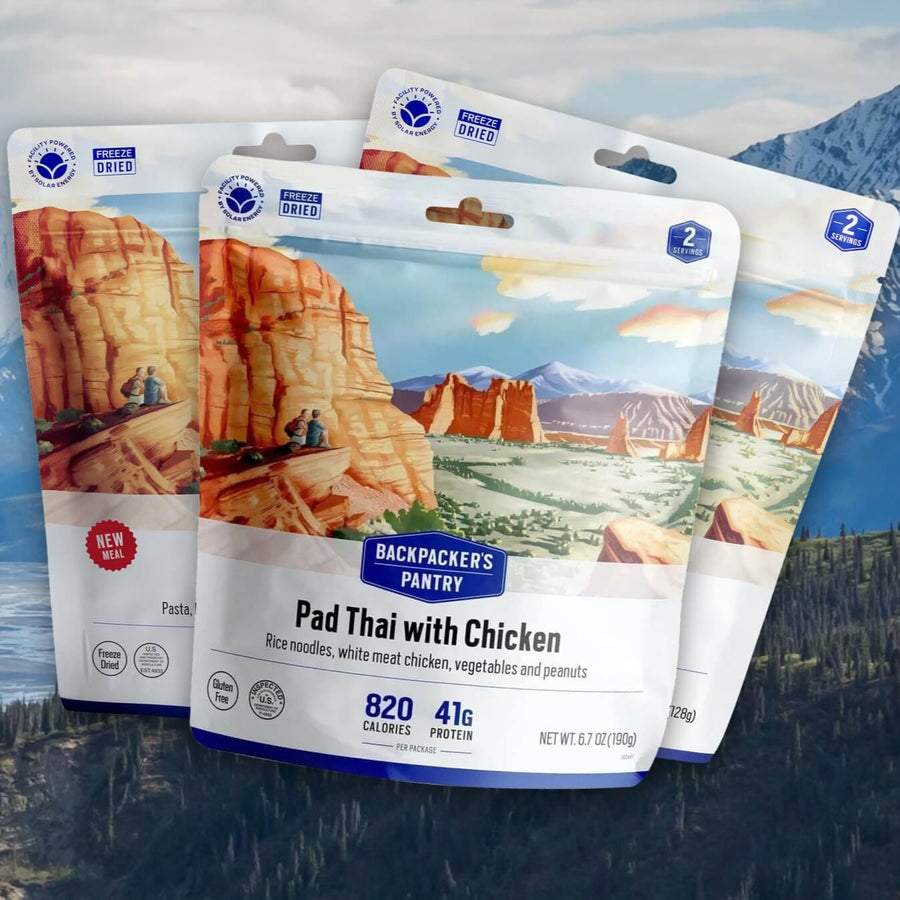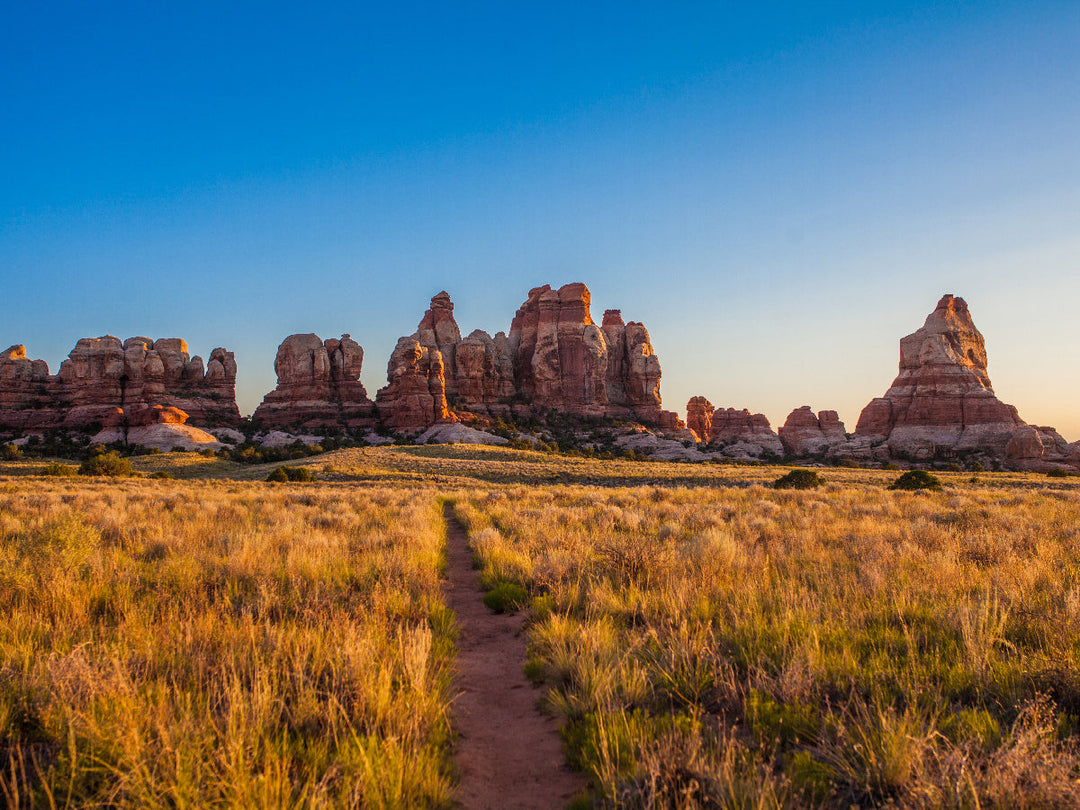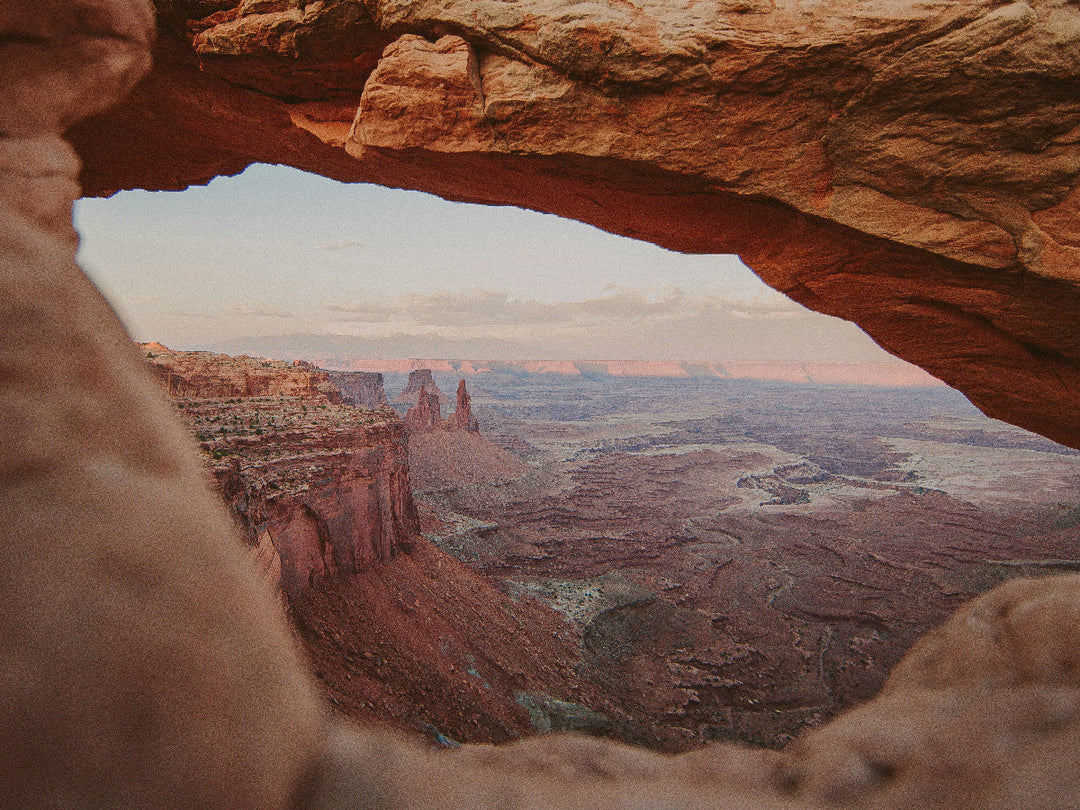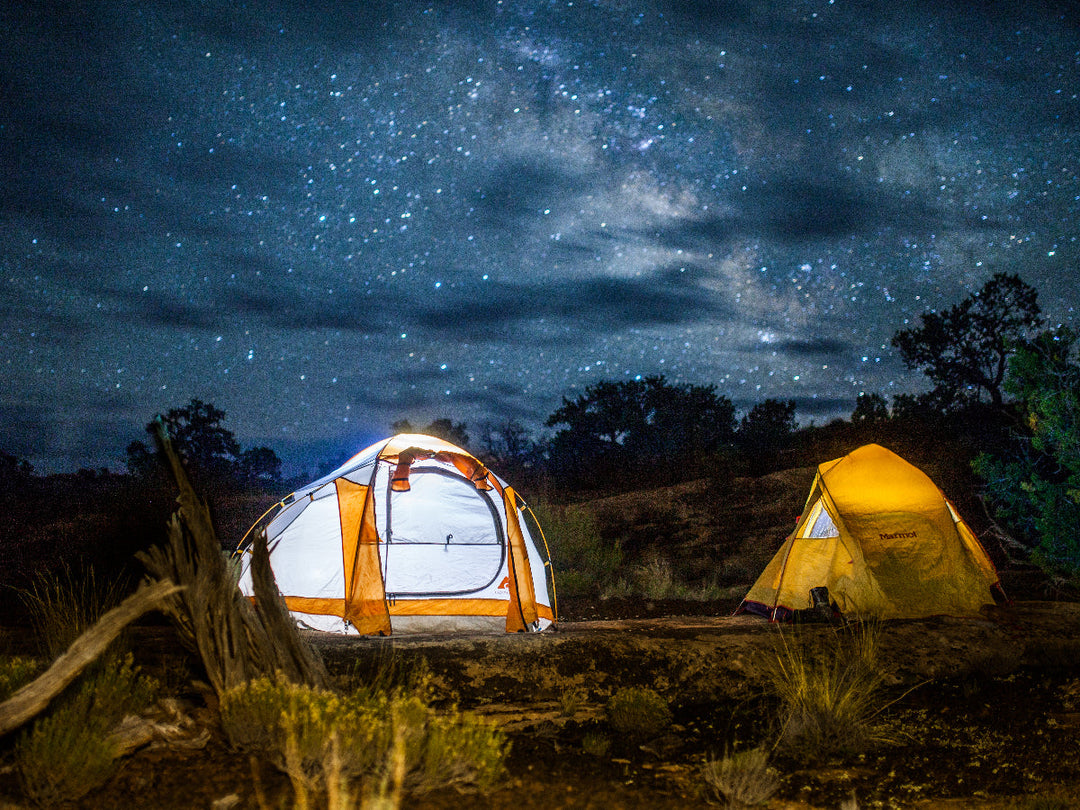Best Backpacking Trips In Shenandoah National Park

Shenandoah is one of the best National Parks for backpacking. It’s got a bunch of different route options, from quick one-nighters, to multi-day adventures, and those routes take you through beautiful woods, and often lead to incredible views and waterfalls. Plus, the famed Appalachian Trail makes its way through the park. It doesn’t hurt that nearly all of the backpacking in Shenandoah can be done without too many reservations or special permits. This means that it’s much easier to do spontaneous trips than at other, busier National Parks.
So consider this article a starting point. These are the backpacking routes that stand out to us, but there are nearly infinite ways of connecting and modifying loops and routes. So do a few of these to get to know the park, and then get creative with it. You can combine info from other folks and sources, match it against your own priorities, and use it to find new, exciting options. There’s nothing more satisfying than dreaming up a route while looking at a map or your favorite mapping app, and then making it a reality.
Best Routes by Distance
Best Overnight Backpacking Trips in Shenandoah National Park
Hickerson Hollow
Description: This is a perfect first backpacking trip, and its great for kids, too. You can hike as little as a third of a mile, or up to a full mile to find a flat campsite in the Hickerson Hollow area, and settle in for a night under the stars.
Mileage: 2 miles round-trip
Difficulty (out of 10): 1
Trailhead: Lands Run Gap
Season: May-November
Laurel Prong and Hazeltop
Description: This is a great route if you’re looking for easy trails, views, and nice campsites. Hike in via the Appalachian trail, camp off of Laurel Prong trail, and then hike out via Milam Gap trail.
Mileage: 7.4 miles round-trip
Difficulty (out of 10): 3
Trailhead: Milam Gap
Season: May-November

Best 2-3 Night Routes
Elkwallow and Jeremys Run
Description: This two-night trip is perfect for anyone who wants to relax and fish wilderness streams, before pitching camp. You can hustle and do this in one night, but it’s worth taking your time and spending two nights out.
Mileage: 15 miles round-trip
Difficulty (out of 10): 4
Trailhead: Piney River
Season: May-November
Nicholson and Hazel Wilderness
Description: This trip has a little bit of everything, from waterfalls, to deep secluded swimming holes, and pristine springs. Spend your first night at Nicholson hollow, your second at Catlett Mtn, and your third at White Rocks Trail.
Mileage: 18.3 miles round-trip
Difficulty (out of 10): 3
Trailhead: Meadow Spring
Season: May-November
Best 4+ Night Routes
Jones Run, Furnace, Lewis Peak, and Big Run
Description: If you’re looking for a little adventure, this route is a great place to start. It’s got it all: rarely explored corners of the park, stream crossings, and remote peaks. And if you want to tack on an extra day, you can do a nine mile day hike from Big Run before you head out.
Mileage: 30.4 miles
Difficulty (out of 10): 7
Trailhead: Big Run
Season: May-November
South District Highlights
Description: For experienced thru-hikers, the South District has a little bit of everything. You can do anything from seven to ten days of exploring in the south end of the park. Look at the map, and start stringing together destinations until you’ve got a trip that appeals to you!
Mileage: 60-90 miles
Difficulty (out of 10): 9
Trailhead: Big Run
Season: May-November
Best months to backpack in Shenandoah National Park
While you can backpack in Shenandoah during much of the year, the weather is often best during the shoulder seasons - spring and fall. Shenandoah gets very cold in the winter, and very hot and humid during the summer. So it pays off to plan for a crisp fall weekend, or a sunny spring one. Regardless of your timing though, be ready for some rain. Thunderstorms and rain showers in Shenandoah are common, so always pack a rain jacket.
And always bring plenty of water. Temperatures that might be comfortable to hang out by a stream are often much hotter and exhausting when you’re hiking with a loaded pack. Stay hydrated, and drink before you’re thirsty.

Wildlife & Safety Concerns
There are three forms of wildlife to be aware of in Shenandoah: snakes, ticks, and bears. There are several species of venomous snakes in the park. While they’re not aggressive, you need to be aware of them, and do your best not to disturb them. Don’t mess with them, and they won’t mess with you.
The same goes for bears. Store your food in a bear-proof canister, stay away from bears, and don’t feed or annoy them and you’ll be just fine. These are smaller, less dangerous black bears so bear spray is permitted, but not at all necessary.
Finally, ticks. Avoid bushwhacking through tall grass and brush. Wear gaiters and expose as little skin as possible, and check yourself regularly. The ticks of Shenandoah carry plenty of diseases that you really don’t want to get. Be alert, and you’ll be fine.
Regulations, Fees, and Permits
Camping in Shenandoah is fairly relaxed. You’ll need a $6 per night camping permit, as well as a $9 recreation permit for every person in your group. You’ll also need to pay your park entrance fee unless you use our tips to visit the park for free. Finally, if you’re recreating in the Old Ragg area, you’ll need to pay a $2 fee.
Shenandoah does not allow any campfires in the park, but you can camp in most areas. Here are the excluded zones: Within 10 yards of a stream or other natural water source, 20 yards from any park trail or unpaved fire road, 50 yards away from another camping party or no camping post sign, 50 yards away from any standing buildings and ruins including stone foundations, chimneys, and log walls, 100 yards away from a hut, cabin, or day-use shelter, and1/4-mile away from any paved road, park boundary, or park facility. Anywhere else though, is fair game! As always, camp sustainably, and leave no trace. Shenandoah has plenty of established, but illegal campsites that are too close to roads or waterways. Avoid using these.
What to bring
Packing to backpack in Shenandoah is much like packing for any other backpacking trip. Bring your tent, sleep system, kitchen system, spare clothes, and water filtration system just like you always would. Because there are looser regulations around where you can camp in Shenandoah, it’s easier to be flexible with your goals. If you’re moving slowly you can always pitch camp early, or if you’re making good time you can push past your planned site. Regardless, it’s worth planning ahead to make sure you’ve got great dinners planned for every night. The same goes for morning coffee. We’ve put together the best ways to make camping coffee - there’s nothing better than a hot cup of joe first thing in the morning.
The two additions to your typical backpacking loadout are gaiters, to deal with snakes and ticks, and some sort of bandana or light hat. In the heat of summer, it’s really nice to be able to soak your headwear in water and use it to cool off.
More routes to consider
Loft Mountain and Jones Run
Description: Stunning waterfalls
Mileage: 9 miles round-trip
Trailhead: Jones Run
White Rocks
Description: A historic cemetery and beautiful woods
Mileage: 8.5 miles round-trip
Trailhead: Meadow Spring
Lewis Mountain and Laurel Prong
Description: A taste of the Appalachian Trail
Mileage: 17.3 miles round-trip
Trailhead: South River Picnic Area
Route: Overall Run and Beecher Ridge
Description: Waterfalls and swimming holes
Mileage and Elevation: 14 miles round-trip
Trailhead: Hogback





